
Topic portal
Child Labour
There are 160 million of children in child labour
Not all work performed by children is child labour. International standards define child labour as work that is hazardous to a child’s health and development, demands too many hours and/or is performed by children who are too young. Usually, child labour interferes with a child’s right to education and to play. This issue is at the core of the ILO mission.
News and stories

CLEAR Supply Chains project launch
Global Launch of “Ending Child Labour in Supply Chains" project

Media competition
Voices against child labour: Celebrating ethical reporting of child labour

Kick-off of CLEAR Supply Chains project in Uganda

Workshop
Research to action on child labour and forced labour
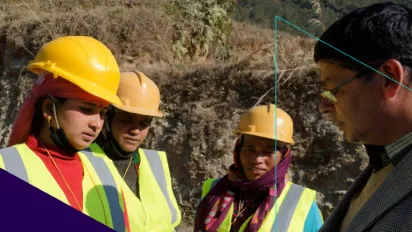
Research methodology
Handbook on fundamental principles and rights at work assessment

Child labour and climate change
Climate change profoundly affects child labour, ILO research finds
Publications
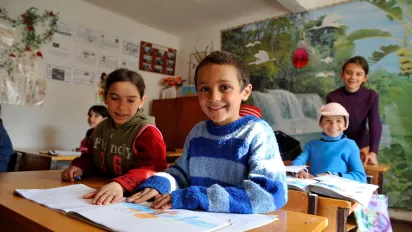
Framework for action on child labour 2023-2025
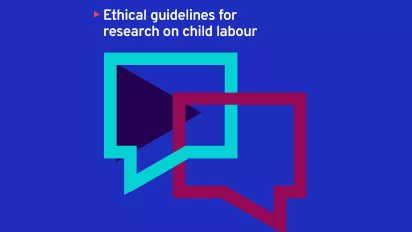
Ethical guidelines for research on child labour
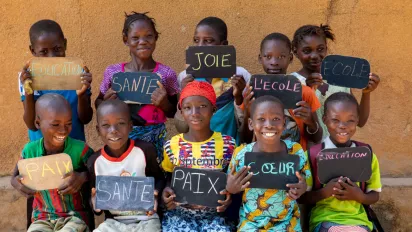
Meta-analysis of the effects of interventions on child labour
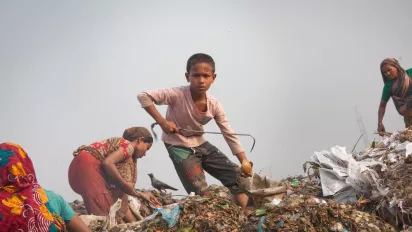
Child Labour: Global estimates 2020
ILO IPEC+ Global Flagship Programme Implementation
eLearning tools on child labour
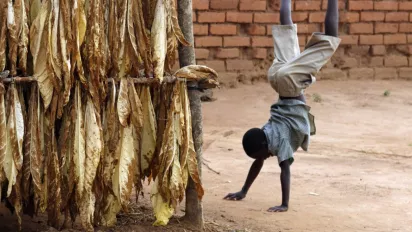
For journalists
Reporting effectively on child labour
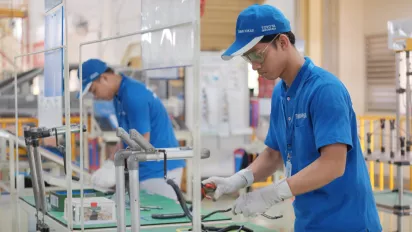
For Labour Inspectors and Child Labour Monitors
Understanding child labour and contributing to its elimination

ILO-FAO courses
Child labour and agriculture
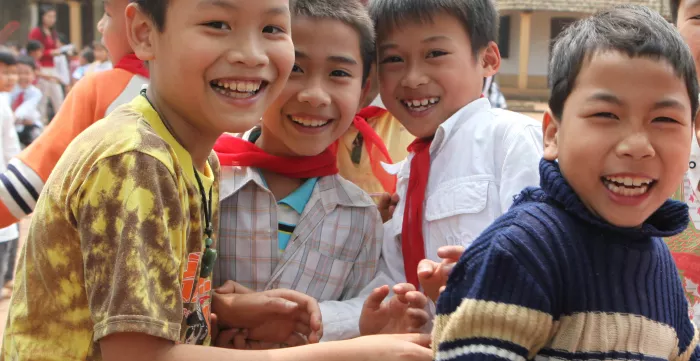
Video playlist
Our impact, their voices
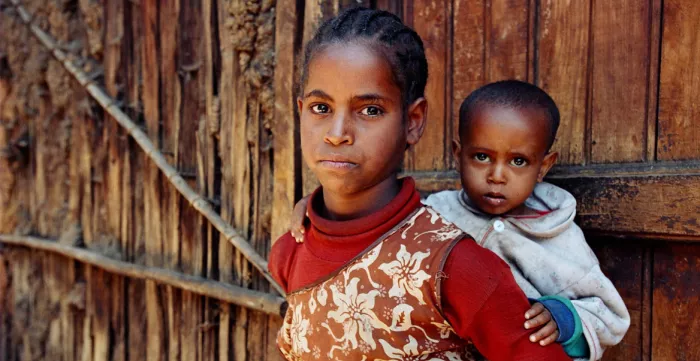
For companies
Checkpoints for eliminating and preventing child labour: A mobile application against child labour
Get involved in our campaigns against child labour

World Day Against Child Labour - 12 June
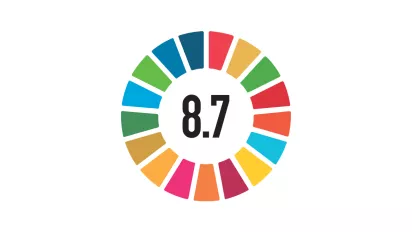
Alliance 8.7 - Global partnership to achieve SDG Target 8.7

Regional Initiative Latin America and the Caribbean Free of Child Labour

Child Labour Platform (CLP)

"Music against Child Labour" Initiative

Red Card to Child Labour!
Projects

Child labour and supply chains
CLEAR Supply Chains

FPRW in Supply Chains
RISE for Impact in the cotton supply chains

Child labour and forced labour
Global Accelerator Lab (GALAB)
International Labour Standards on child labour
One of the most effective methods of ensuring that children do not start working too young is to set the age at which children can legally be employed or otherwise work. The aim of ILO Convention No. 138 on the minimum age is the effective abolition of child labour by requiring countries to: (1) establish a minimum age for entry into work or employment; and (2) establish national policies for the elimination of child labour.
The Recommendation No. 146 which accompanies ILO Convention No. 138, stresses that national policies and plans should provide for: poverty alleviation and the promotion of decent jobs for adults, so that parents do not need to resort to child labour; free and compulsory education and provision of vocational training; extension of social security and systems for birth registration; and appropriate facilities for the protection of children, and adolescents who work. To achieve the elimination of child labour, laws setting minimum ages for work should be embedded in such comprehensive policy responses.
It is a non-binding document that does not require ratification.
ILO Convention No. 182 helped to focus the international spotlight on the urgency of action to eliminate as a priority, the worst forms of child labour without losing the long term goal of the effective elimination of all child labour. The Convention requires countries to take immediate, effective and time-bound measures to eliminate the worst forms of child labour as a matter of urgency.
ILO Convention No. 182 is the first ILO Convention to achieve universal ratification. It was also the most rapidly ratified Convention in the history of the ILO, with the majority of ratifications occurring within the first 3 years after it was adopted in 1999.
ILO Recommendation No. 190, which accompanies Convention No. 182, recommends that any definition of “hazardous work” should include: work which exposes children to physical, psychological or sexual abuse; work underground, underwater, at dangerous heights or in confined spaces; work with dangerous machinery, equipment and tools or carrying heavy loads; exposure to hazardous substances, agents or processes, or to temperatures, noise levels or vibrations damaging to health; work for long hours, night work, and unreasonable confinement to the premises of the employer.
It is a non-binding document that does not require ratification.